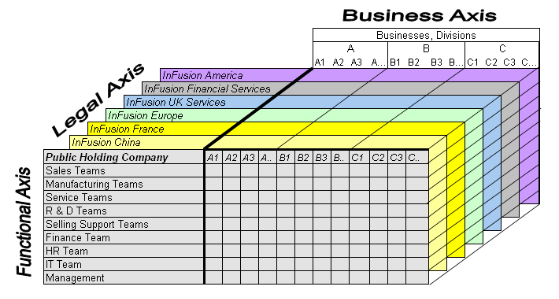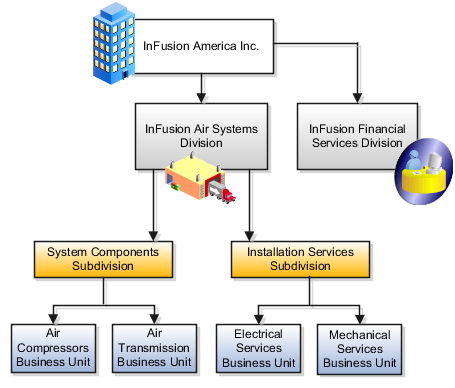Accounting for Incentive Units In an Limited Liability Corporation
Post on: 15 Сентябрь, 2015 No Comment

Accounting for Incentive Units in a Limited Liability Corporation
THIS DRAFT SHOULD NOT BE RELIED UPON FOR ACADEMIC, SCIENTIFIC, LEGAL OR OTHER USES. THIS DRAFT CONSISTS OF UNVETTED, UNVERIFIED STATEMENTS THAT COULD CHANGE AT ANY TIME.
Issue
When a company is incorporated as a Limited Liability Corporation (LLC), the company gives some employees incentive units which vest when certain conditions are met (e.g. employment period exceeds three years). The employee has the right to purchase these units which are voting equity units at a strike price which is stated in advance.
This summary assumes that the unit’s strike price is higher than the fair value at the time the unit is vested.
Authoritative Literature
After searching both published and unpublished literature and inquiring with various technical publications we found no technical literature that addresses incentive units in LLCs or partnerships. Inquiry with the American Institute of Certified Public Accounts showed that there is no authoritative literature in effect.
Some accountants have treated such equity instrument in the same manner of stock options, as mandated by APB 25 and FAS 123.
Financial Account Board’s Financial Accounting Statement No. 123 (FAS 123) Accounting for Stock-Based Compensation superceded APB Opinion No. 25 Account for Stock Issued to Employees. The main effect of FAS 123 over APB 25 is that under the preferred FAS 123, fair value is measured by a stock-option value method and not by the intrinsic value method prescribed in APB 25.
According to FAS 123 it applies to all transactions in which an entity grants shares of its common stock, stock options or other equity instruments to its employees, except for equity instruments held by an employee stock ownership plan. This application is in connection to providing goods and services, by either employees or suppliers (par. 6).
Stock Options and Incentive Units
LLC’s incentive units appear in substance to be similar to stock options. They have a pre-determined vesting conditions and periods, pre-determined price and similar business reasons of granting, i.e. compensating employees without cash outflow. Internal Revenue Code (IRC) section 424 governs the application of incentive stock options.
Some differences are present however:
- Deductibility of Stock Options by Employers
Incentive stock options trigger ordinary income to the employer equal to the proceeds received from the employees. These options are also not subject to ERISA but a report of incentive stock options exercised is required as supplementary to the W2 report to employees.
Incentive units in an LLC are, under FAS 123 allocated over the vesting period as compensation costs (or payment to service provider, if given to non-employees).
- Who may be given incentive units?
Incentive stock options are options given to employees to purchase stock at favorable conditions, with little risk of loosing if the stock underperforms when the option is vested. They are granted only to employees who own less than 10% of the voting power in the employer’s stock.
Incentive units, if viewed as stock options do not have such restrictions and can be granted to non employees (e.g. suppliers); Incentive units granting disregards the current ownership level of the recipient.
- Limitation on incentive units:
Incentive stock options are limited in their vesting schedule for $100,000 per year for tax purposes.
Incentive units, treated like stock options do not carry such limitation.
Accounting Treatment of Stock Options
Both APB 25 and FAS 123 are acceptable treatment, although FAS 123 is preferred. However, if APB 25 is adopted, pro-forma income statement should be disclosed to the results under the fair-value method prescribed in FAS 123 (par. 45).
Under APB 25, companies recognize compensation expense stemming from employee stock option based on the difference between the strike price (typically lower, and the fair value of the stock on day of grant. That difference in the proceeds from employee’s stock option is attributed to compensation and is recognized as compensation expense under APB 25. For example, on January 1, 2001 an employee is granted a strike price of $10. The employee exercises their strike price on January 1, 2001. The employee stock option vests on December 31, 2003. On December 31, 2002 the stock’s value is $17 on the open market. On December 31, 2003 the company grants the employee the stock – which is now vested and recognizes compensation expense of $7 per share.

Under FAS 123, the excess of the projected estimated fair value (par. 9) of the stock option upon vesting over the strike price is allocated over the service period (par. 30). The service period starts at the date of exercise and ends at the date of vesting. The projected price of non public companies may result in a minimum value for the stock option because market price volatility is unknown. For example, an employee exercises a stock option on January 1, 2001 at a strike price of $10 per share and the stock option vests in three years, on December 31, 2003. On January 1, 2001 the stock option fair value, using a projection model, is estimated to be $19 per share. The company will recognize a $3 ($9 / 3 years = $3) per year of compensation expense. On December 31, 2002 the employee’s option is vested and the company grants the employee a stock.
While the employee’s option is not vested the company also reclassifies the unissued stock as restricted. Generally, the projected fair price (in the example above, $19) is the value upon restriction.
Some Employee Stock Option Plans (ESOP) does not qualify as stock options that trigger compensation expense recognition. Generally, when employees can purchase the stock at a small discount (de-minimus ), and when substantially all full time employees qualify, the excess of the fair value of the stock over the strike price is not compensation expense to the company.
Other issues
Repurchase agreement
A mandatory repurchase agreement does not change the accounting treatment of stock-options (par. 219).
Dividends
Generally, additional compensation for dividends on unvested stock options, or stock options that allow the employee to keep such dividends is charged as compensation expense in the period of payment.
Tax Effects
Generally, prepaid compensation expenses are not tax deductible. The time value of the compensation, which is built in the projected estimated value upon the option’s vesting is also not tax deductible. Therefore, a temporary difference (resulting in a deferred tax asset) is accounted for based on the accumulated applicable compensation costs and reduced by a valuation allowance (par. 227).
Once vested and granted, the actual compensation cost in excess of the accumulated compensation cost that was used for the deferred tax asset should be recognized as additional paid in capital and not as deferred tax asset (par. 228). However, if the actual compensation cost is below the compensation cost that was used for the deferred tax asset, the write off should first be taken from additional paid in capital that is attributed to any prior excess, and then as an expense on the income statement. (par. 229).
Summary
Incentive units are more similar in substance to stock options than to incentive stock options. Although no direct authoritative literature exist to mandate the accounting treatment of an LLC’s incentive units
FAS 123 require the fair value method to be applied to the stock options upon exercising them by the employee or service provider. The excess of the projected fair value of the option over the strike price should be allocated over the vesting period. When the stock vests, the difference between the accumulated allocation and the actual fair value of the option is charged to APIC.
If the vesting and excersising occurs simulataniously, the charge is to the period of exercised and the difference if to APIC for excess or as a loss to the income statement.
###
Yigal Rechtman Draft 2003-2004 ©














